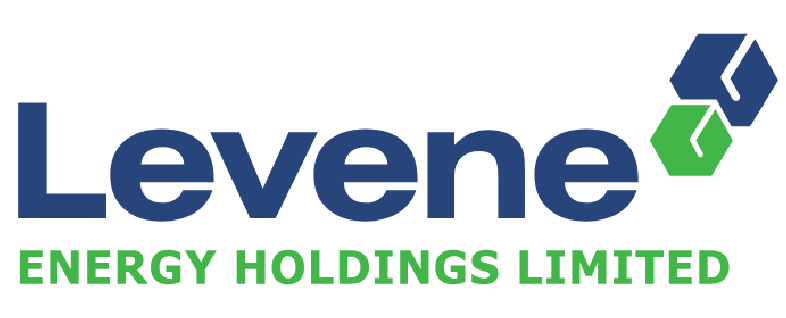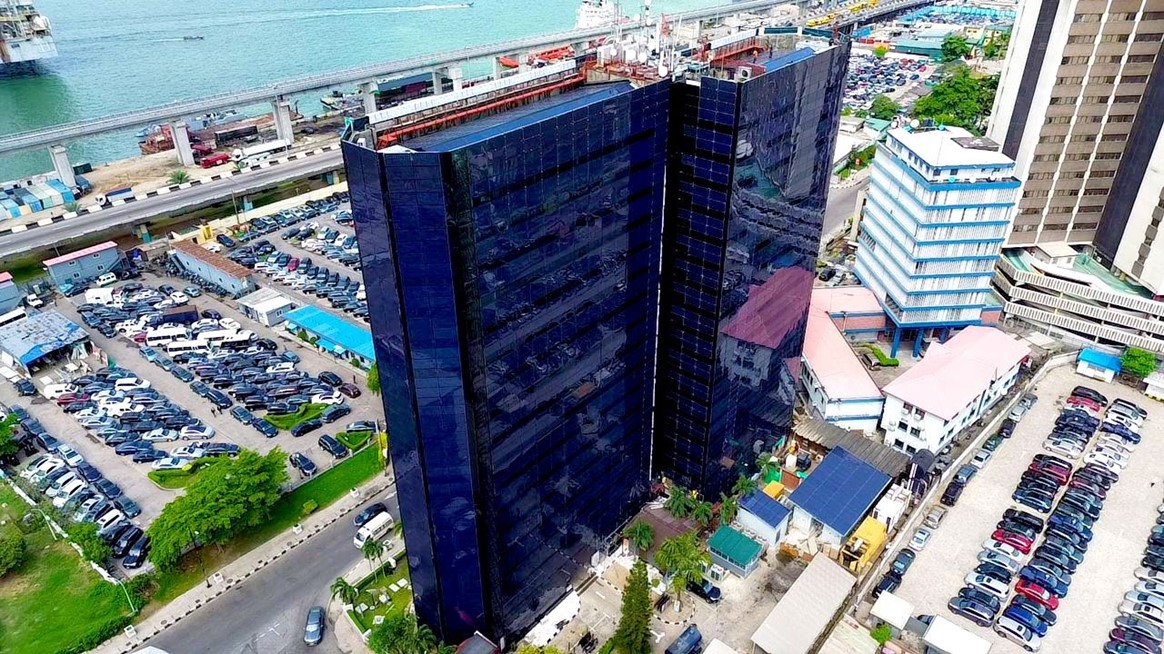By: Nneamaka Atuanya, Senior Geoscientist and Sustainability Champion
In the previous editorial in this series, we introduced the concepts of Sustainability and Sustainable Development. In this edition, we will focus on Sustainable Energy and why it is necessary for sustainable development.
John Hopkins School of Advanced International Studies defines Sustainable Energy as energy derived from resources that can fulfill our current energy needs without compromising the energy needs, environment, or climate of future generations.
Sustainable energy? Why now:
Firstly, sustainable energy is key to ending global energy poverty and subsequently, many other forms of poverty. Energy poverty, according to Habitat for Humanity, is a lack of adequate, affordable, reliable, quality, safe, and environmentally sound energy services to support development. Solving energy poverty is very crucial to solving environmental and social problems as it is impossible to develop the agricultural and manufacturing sectors without sufficient energy. Inadequate energy traps the poorest countries in a vicious poverty cycle as they cannot afford the energy that can drive them out of poverty.
Sustainable energy is about solving social and health problems using environmentally clean and affordable forms of energy. According to the International Energy Agency, about 1.2 billion people globally lack access to electricity and solely depend on sunlight to function. This reality, as you can imagine, drastically reduces the productive and leisure time of these people.
Poor accessibility to national electricity structures, funding, and lack of suitable technology have made it very difficult and expensive to connect such communities to traditional electrical infrastructure. With sustainable energy, most of these challenges become solvable as the sources of energy (sun, wind, biomass) are locally and readily accessible. Taking solar energy as an example, the energy required (from the sun) to generate electricity is readily available. With the community being the main beneficiary of this, they can also take charge of managing, maintaining, and securing the renewable energy infrastructure.
The level of development and empowerment a simple off-grid solar power system can bring to a community is unimaginable. With electrified classrooms and streetlights, students will have access to information technology and will be motivated to study more. With solar powered equipment/machines farmers, hunters, fishermen can produce more, and better preserve some of their produce with refrigerators. With solar-powered pumping machines, cleaner water can be provided, and better sanitation can be achieved. A reliable solar power system will enable a more effective healthcare care services in rural communities.
The adoption of sustainable energy entails much more than solving social problems; it is smart business – very smart. Globally, the sustainable energy industry accounts for an annual revenue of about USD$1.4 billion. Additionally, the three largest financial institutions in the United States of America (Citi, Goldman Sachs, and Bank of America) have pledged to commit over USD$370 billion to the renewable energy and low carbon sector by 2025.
Technology, internal innovation, and purposeful investment are key to proffering solutions to the challenge of access to clean and affordable energy. For example, the perfection of Building Integrated Photovoltaic (BIPV) technologies has allowed for buildings to be powered by BIPV panels, reducing energy costs drastically.
As we learn more about sustainable energy we will see how off-grid technologies provide key solutions.
In the next article we will spotlight on some of these solutions and their financial opportunities.





